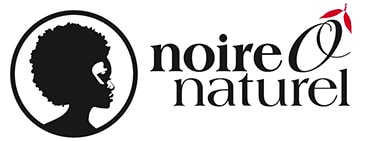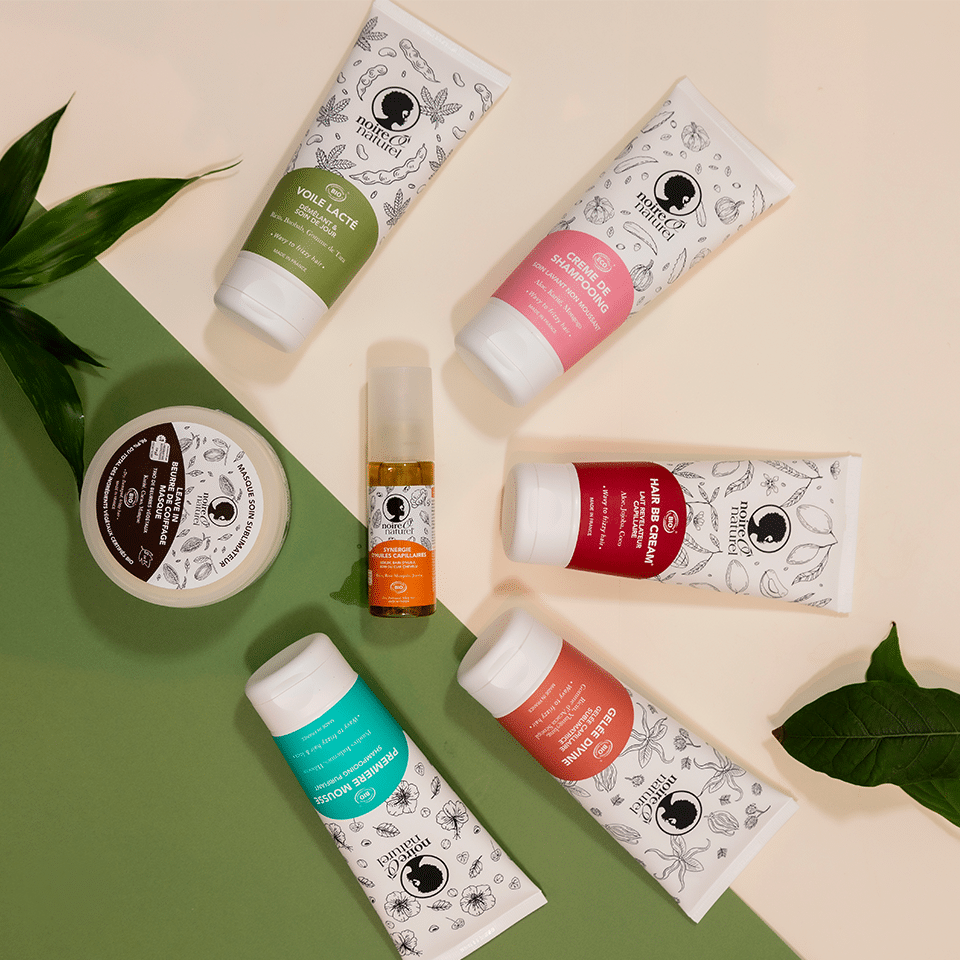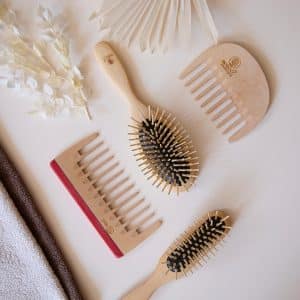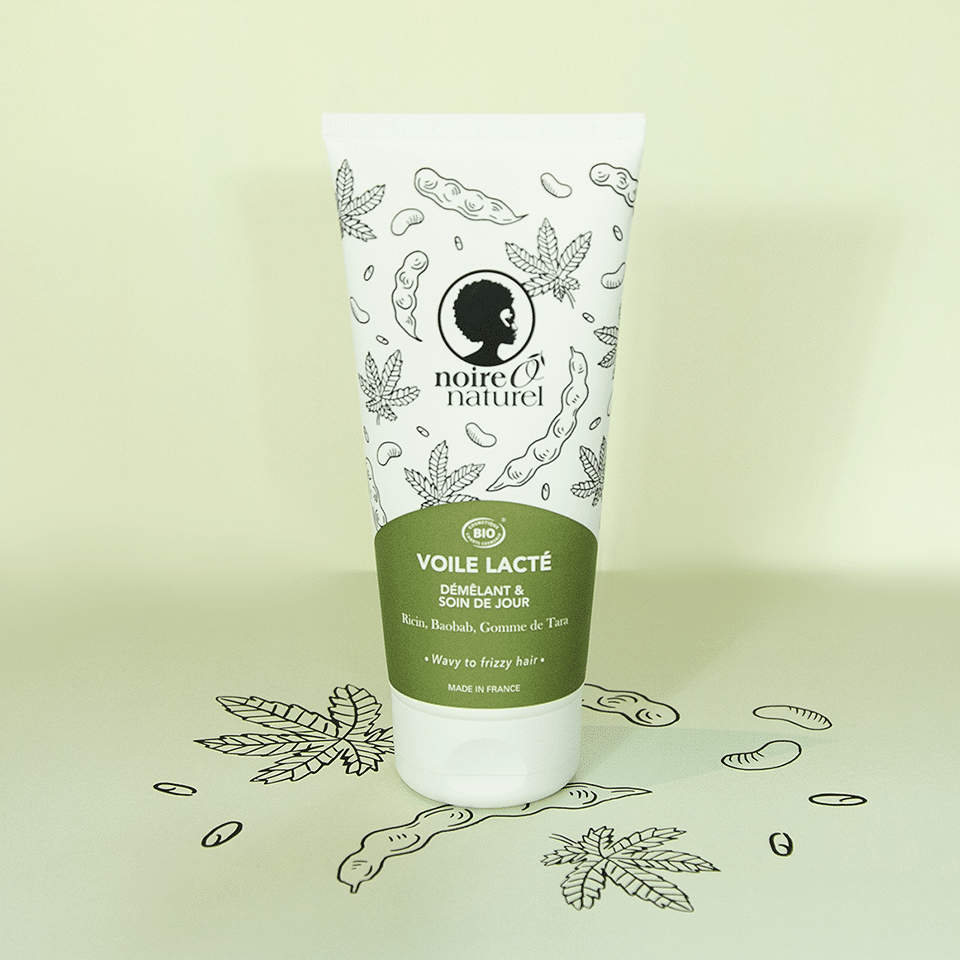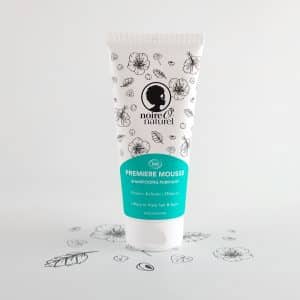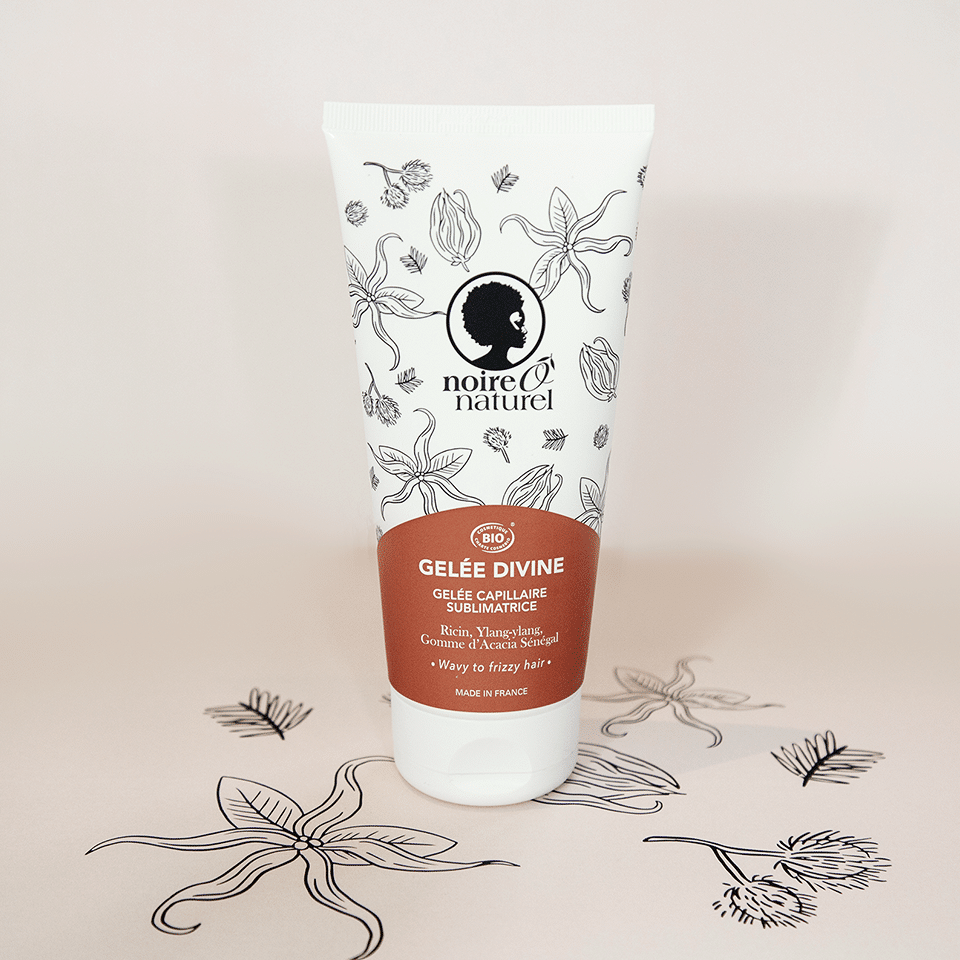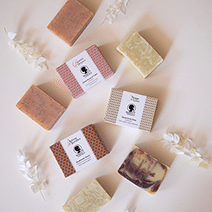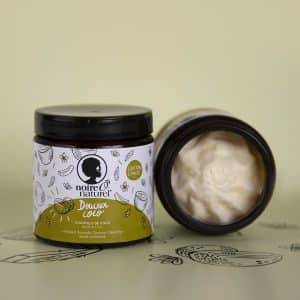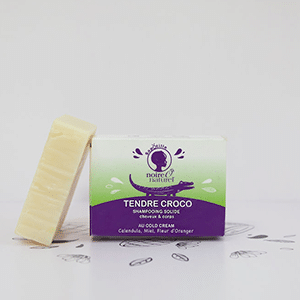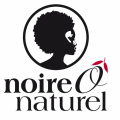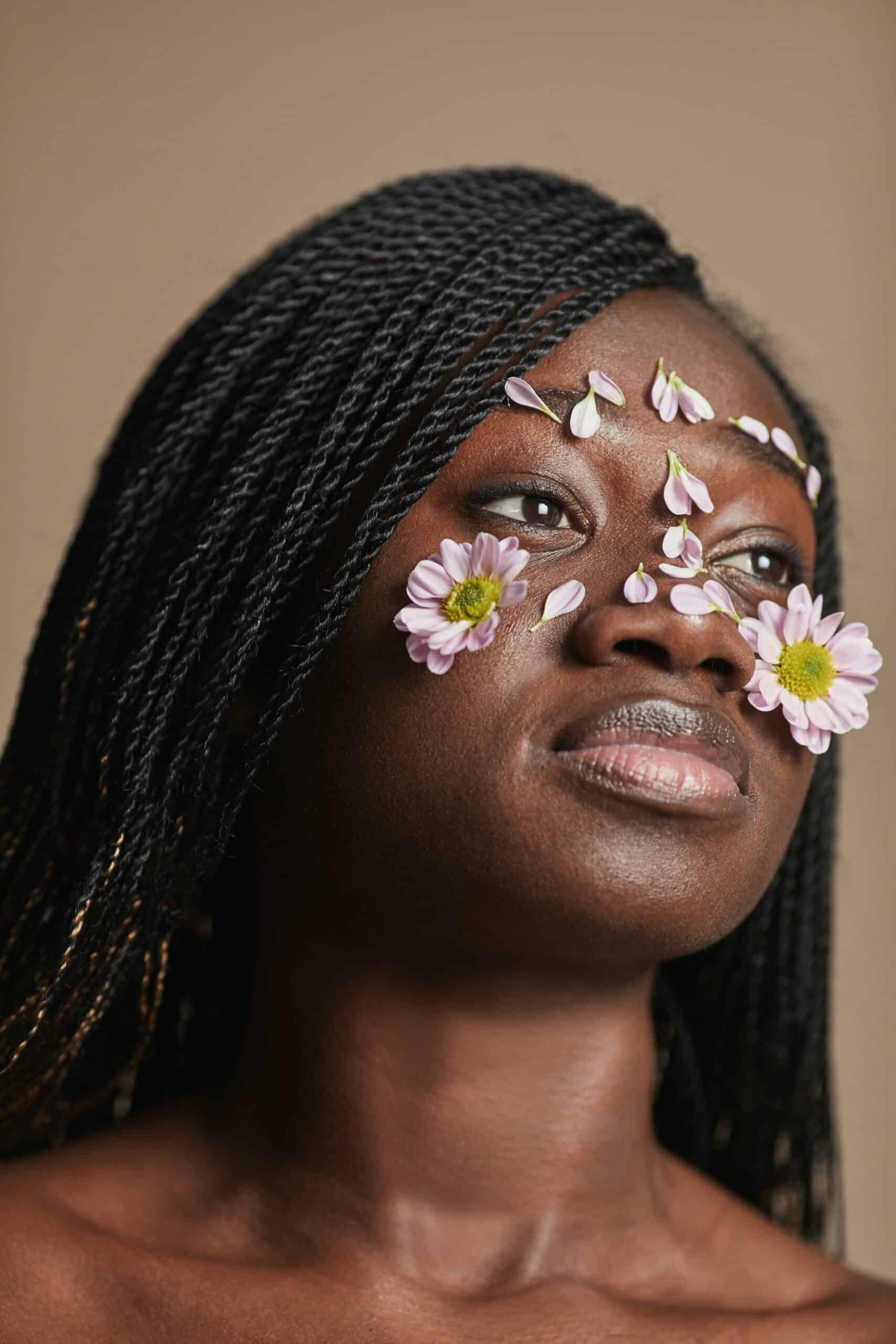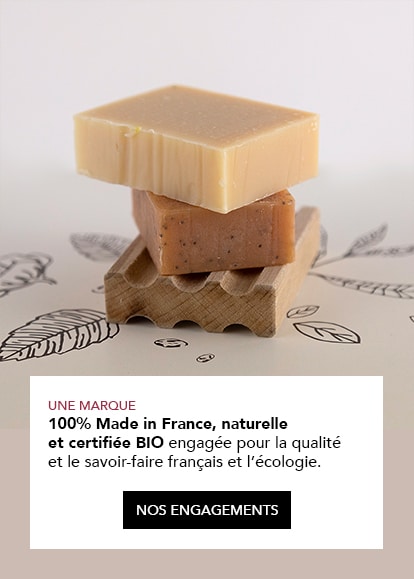African braids, true gems of hair art, are much more than simple hairstyles. They are living expressions of African history, culture and identity, handed down from generation to generation. At Noireônaturel, we proudly celebrate this timeless heritage, and the profound importance of African braids beyond their aesthetic appeal.
Let’s delve into the history of African braids.
The history of African braids
The history of African braids goes back thousands of years, rooted in the traditions and beliefs of the continent’s different cultures. Braids were much more than a simple hairstyle: they were a visual language, telling stories of social status, age, ethnicity and even family lineage. Each motif, each style, carried with it a unique meaning, forming a rich fabric of traditions and symbols. These hairstyles required many hours (or even days) of preparation, and served to strengthen the bonds of the community.
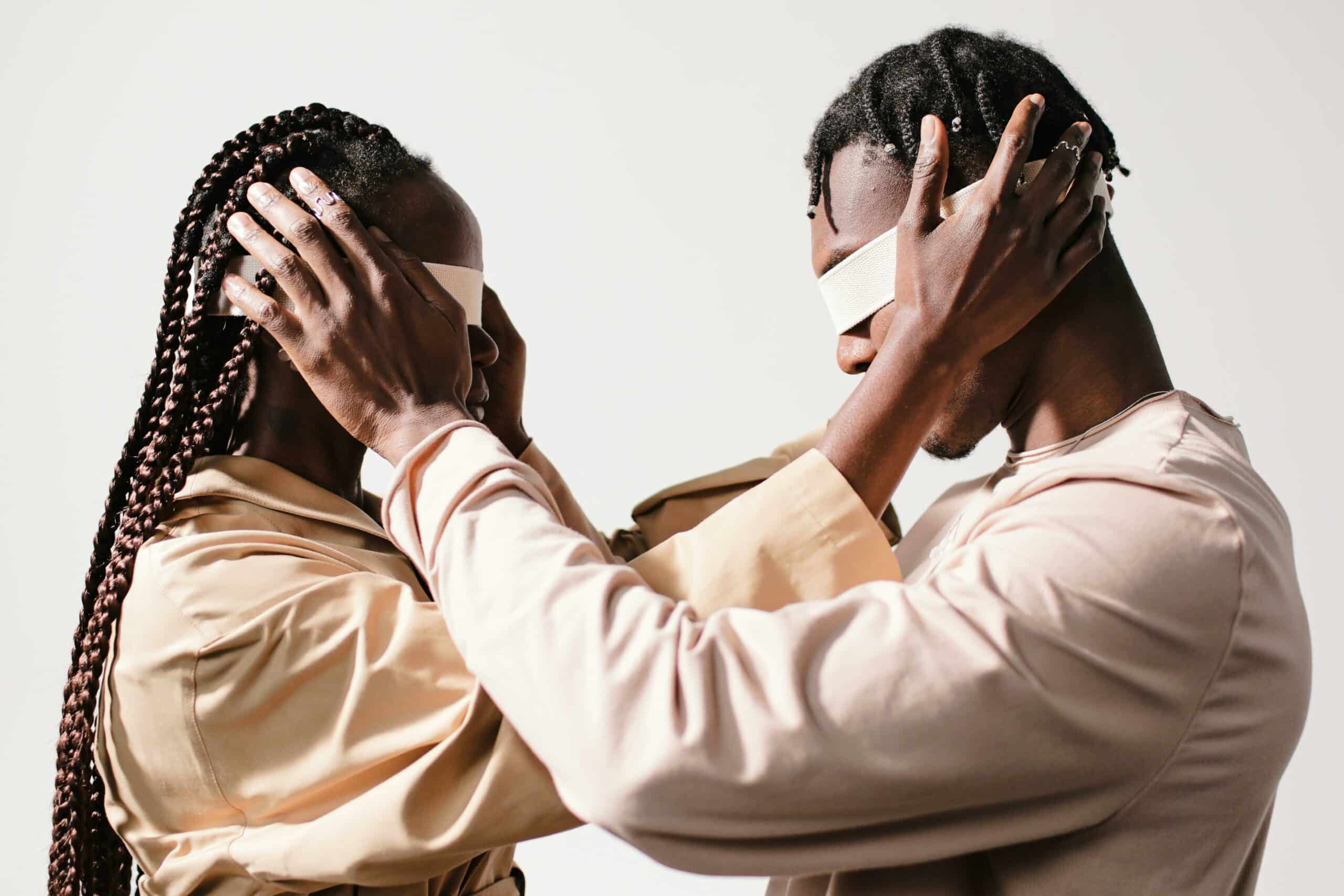
African braids: a rite of passage
In many African societies, plaits were a rite of passage, marking the different stages of life from childhood to adulthood. They were also a means of communication, enabling women to weave secret messages into their hairstyles and pass on knowledge and values through the generations. Braids were a precious heritage, passed down from mother to daughter, strengthening family and community ties.
In fact, we wrote an article about the importance of plaits at the time of slavery.
African braids: works of art
Beyond their cultural significance, African braids were also constantly evolving works of art. Hairdressers mastered the intricate art of braiding, creating elaborate patterns and unique styles that reflected each individual’s personality and creativity. Braiding was a way of expressing individuality while remaining rooted in tradition and community.
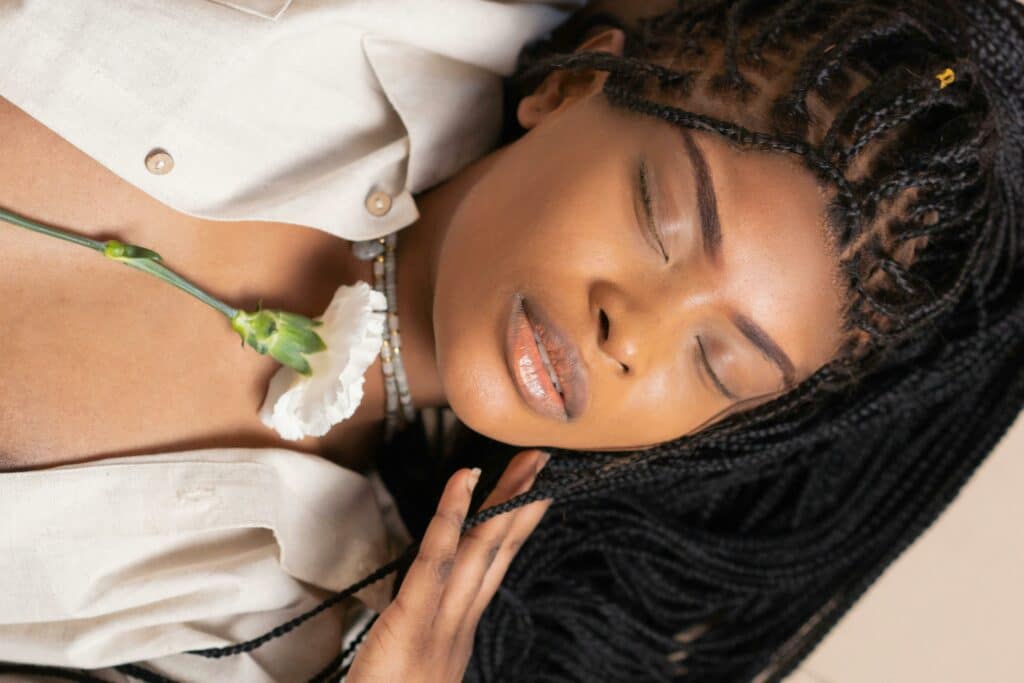
The evolution of African braids
In the 60s and 70s, the ‘Black is Beautiful’ movement, spearheaded by black activists, brought braiding and Afro back into fashion. At the time, the aim was above all for these people to reclaim their native cultures after centuries of oppression.
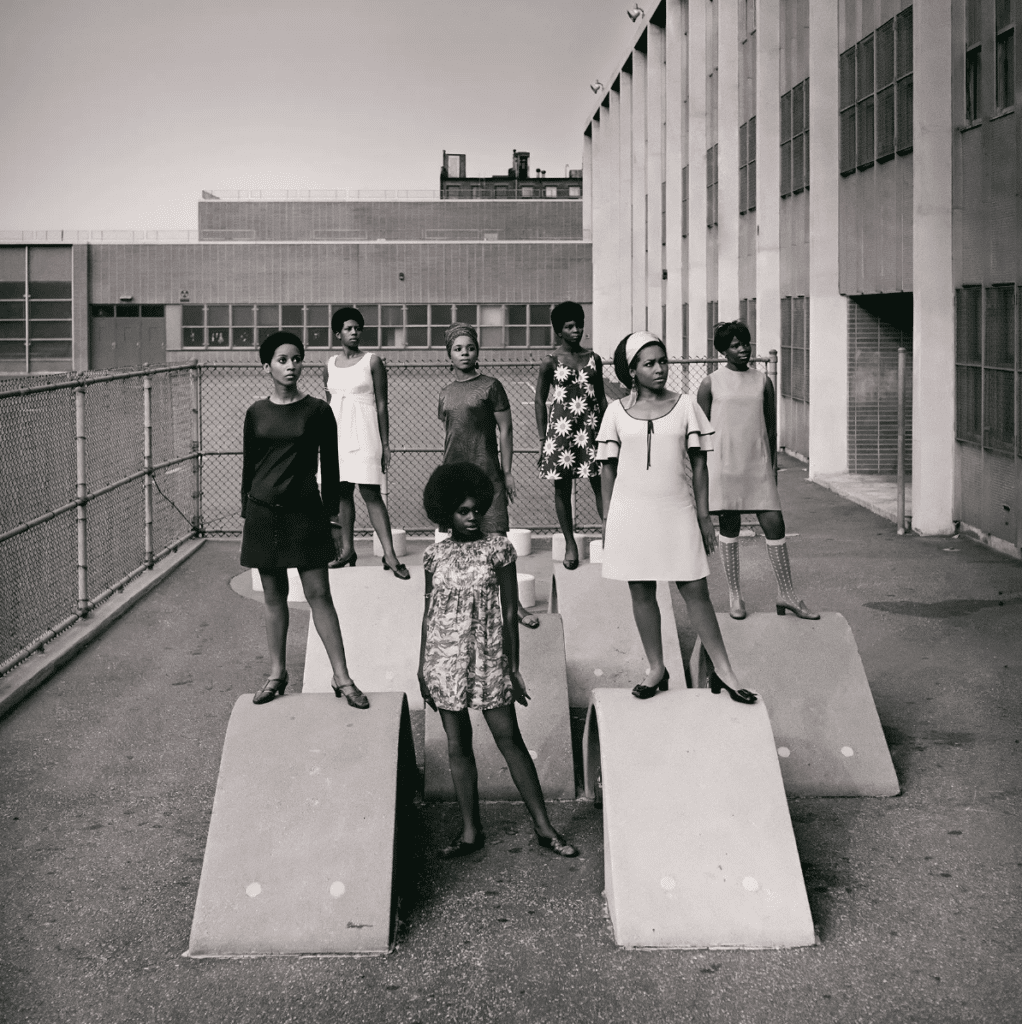
Copyright : Kwame Brathwaite/Courtesy of Philip Martin Gallery, Los Angeles
The 90s and 2000s also saw the democratisation of braiding with the popularisation of RnB.
Today, African braids continue to shine around the world, embodying the beauty and diversity of African culture. They have become a source of inspiration for many artists, fashion designers and hairdressers across the globe, demonstrating their enduring influence on the international scene.
Braids are now worn in a multitude of ways, and are truly protective hairstyles for textured hair. They also allow you to try out a wide variety of hairstyles, for young and old alike. But be careful not to keep them in too long: we tell you all about it in this article.
African braids: the symbol
Wearing African braids is not a trivial thing: that’s why it can be very frowned upon for a white person to wear them – it’s called cultural appropriation. Braids have a strong history with black people. At the time of slavery, slaves’ heads were shaved to prevent them from expressing their art and culture through their braids. Civil rights movements like Black Panther, for example, claim that braids are militant.
By proudly wearing our African braids, we honour our ancestors, celebrate our identity and perpetuate a heritage of beauty, strength and resilience that transcends borders and eras. Because African braids are not just hairstyles, they are living testimonies to a rich and vibrant history that continues to be written through us, day after day.
